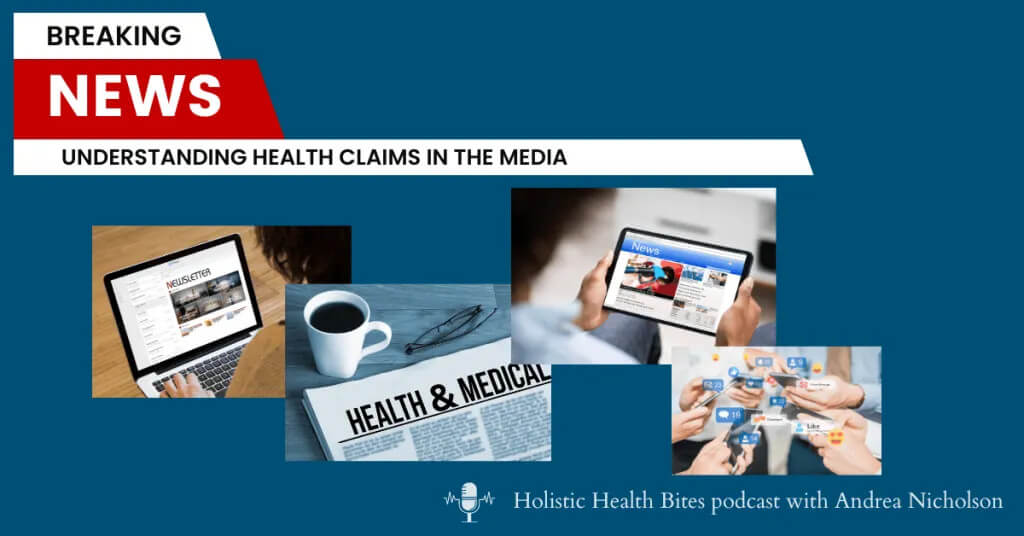
Evaluating Health Claims
How should you evaluate health claims that you may see in magazine or newspaper articles, social media, or even mainstream media? This conversation is designed to help you navigate through the flood of health information out there – much of which is conflicting and confusing.
Before we dive into the topic, let’s first discuss what a health claim is. Health claims are statements that suggest a specific product, food, system, plan or lifestyle intervention can either improve your health in some way or cause harm to your health in some way. These claims can come from advertisements, articles, or social media posts, podcasts, videos. They can include statements like “lose 10 pounds in two weeks with this diet” to “this supplement will cure your ailment, “that diet will increase your risk of cardiovascular disease development”.
While these claims can sound very convincing, it’s important to evaluate them critically rather than simply taking them at face value. Today, we’ll talk about how to do just that.
The first thing to consider when evaluating health claims is to dig deeper into the research behind the article. Many times the creator is basing their article on published research or an organizational statement of some sort. That’s where you should go next. Follow any links they provide to the original source of the information. Was it based on a randomized clinical controlled trial? Was it based on diet history questionnaires and surveys? Is it merely a summary of what a health organization believes? The original source of the information tells you a lot about the reliability of the data.
Diet questionnaires, surveys, and publications based on reviews of medical charts can only provide generalized correlational information. They cannot prove causation for their claim. We see this a lot when it comes to particular types of foods we “should” be consuming or we “should” be avoiding. Take red meat for example. Nearly all of the bad press about red meat comes from food frequency questionnaires where they ask a group of people to recall how often they consumed red meat over a particular period of time (could be short duration or long term). These are purely based on their memory and their honesty. People often answer the surveys based on what they believe is healthiest – not necessarily what they truly did. And seriously…can you remember what you ate for lunch last Tuesday? Most people can hardly remember yesterday, let alone accurately recall how many times they ate any given food over the last month, 6 months, year, or 5 years. This is essentially garbage information, but they’re using it to make serious claims.
Randomized clinical controlled trials are the BEST type of research that can show causation. Well done studies are aiming to control variables so they’re truly only looking at an intervention (like a particular diet plan, medication, or supplement) versus a control group. These are very hard to do in nutrition and they get very expensive, very quickly. It is generally not possible to have very large sample sizes of people or conduct these types of studies over the long term. There aren’t a whole lot of these types of studies when it comes to nutritional interventions for this reason. This is how pharmaceutical drugs undergo research.
Organizational position statements are usually not directly based on an individual study and may not be based on studies at all. This is harder to follow because they don’t usually back up their claims with any research.
One such example of this was a recent publication by the American Heart Association where they compared and scored 10 popular diets. Sounds promising, right? The kicker here is that they compared these 10 diets and scored them based on how well they adhered to the American Heart Association’s recommended guidelines. Their guidelines include: consuming a wide variety of fruits and vegetables; choosing mostly whole grains instead of refined grains; using liquid plant oils rather than tropical oils; eating healthy sources of protein, such as from plants, seafood or lean meats; minimizing added sugars and salt; limiting alcohol; and choosing minimally processed foods instead of ultraprocessed foods.
They compared DASH (dietary approaches to stop hypertension), Mediterranean, pescatarian, vegetarian, vegan, low fat, very low fat, low carbohydrate, Paleo, and very low carb/ketogenic diets. Unsurprisingly, the diets that scored the worst are used by people who don’t believe these recommendations are correct or even healthy (at least not all of the recommendations). Take plant oils as an example – these would include vegetable oils (canola, soybean, sunflower, safflower, corn, cottonseed, rice bran, and grapeseed) that many in functional medicine would NOT say are healthy. These are high in omega 6 fatty acids, very easily oxidized, and are highly processed with chemicals and mechanical forces to create them. There are similar disagreements around grains, legumes, fruits, starches, lean versus fatty meats, and avoidance of salt.
When you see a health claim, whether positive or negative, be sure to find out if there is any research to support it. If there is, try to find the original research study and read it. Unfortunately, many of the research articles are behind paywalls, so you might not have access to every research study. You can try searching for those articles on Google Scholar or PubMed.
Another important factor to consider when evaluating health claims is to find out the source of funding. Many studies are funded by the company that produces the product or supplement being tested. While this is not inherently bad, it can create a potential conflict of interest and bias in their conclusions.
If a study is funded by a company or group that stands to profit from the results, the study may be biased towards their product or plan. Bias can be found in studies funded by industry, non-profits, government agencies, and academic institutions.
Bias can come in many forms, but some common examples are cherry-picking data, exaggerating the benefits, and ignoring potential harms. Sometimes it can even come in the way the statistics are being displayed.
When reading an article, ask yourself if the author presents a balanced view of the topic. Do they mention any potential risks or downsides? Do they cite research that contradicts their claims? Do they address limitations in their study and recommendations for further research?
Evaluating health claims from magazine or newspaper articles and popular media can be challenging. It’s important to evaluate all of the data, rather than simply taking the article as fact.
I hope this episode has provided you with some valuable tips on how to evaluate health claims from the media. Remember, your health is your most important asset, and it’s worth taking the time to evaluate health claims critically.






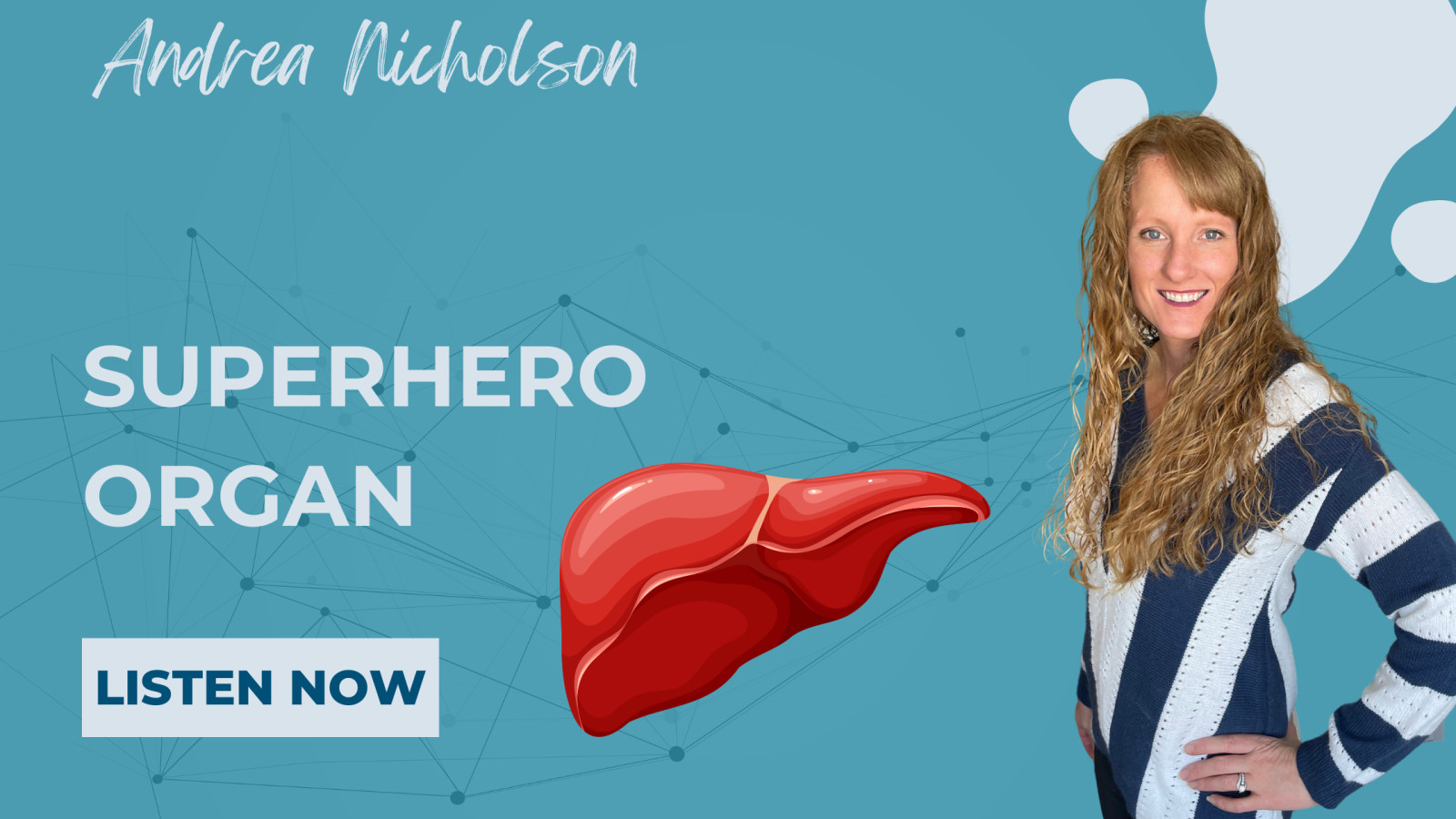



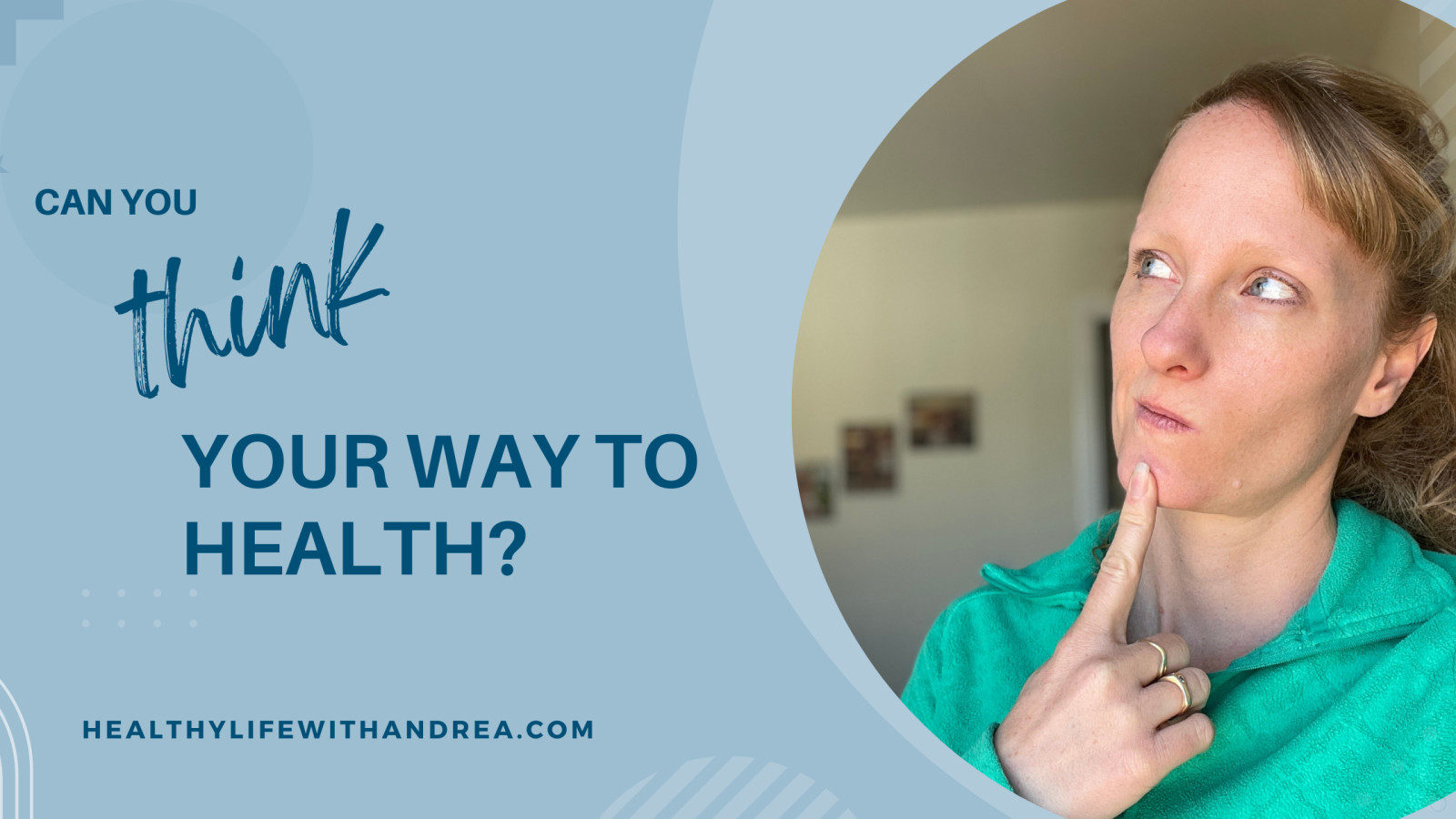
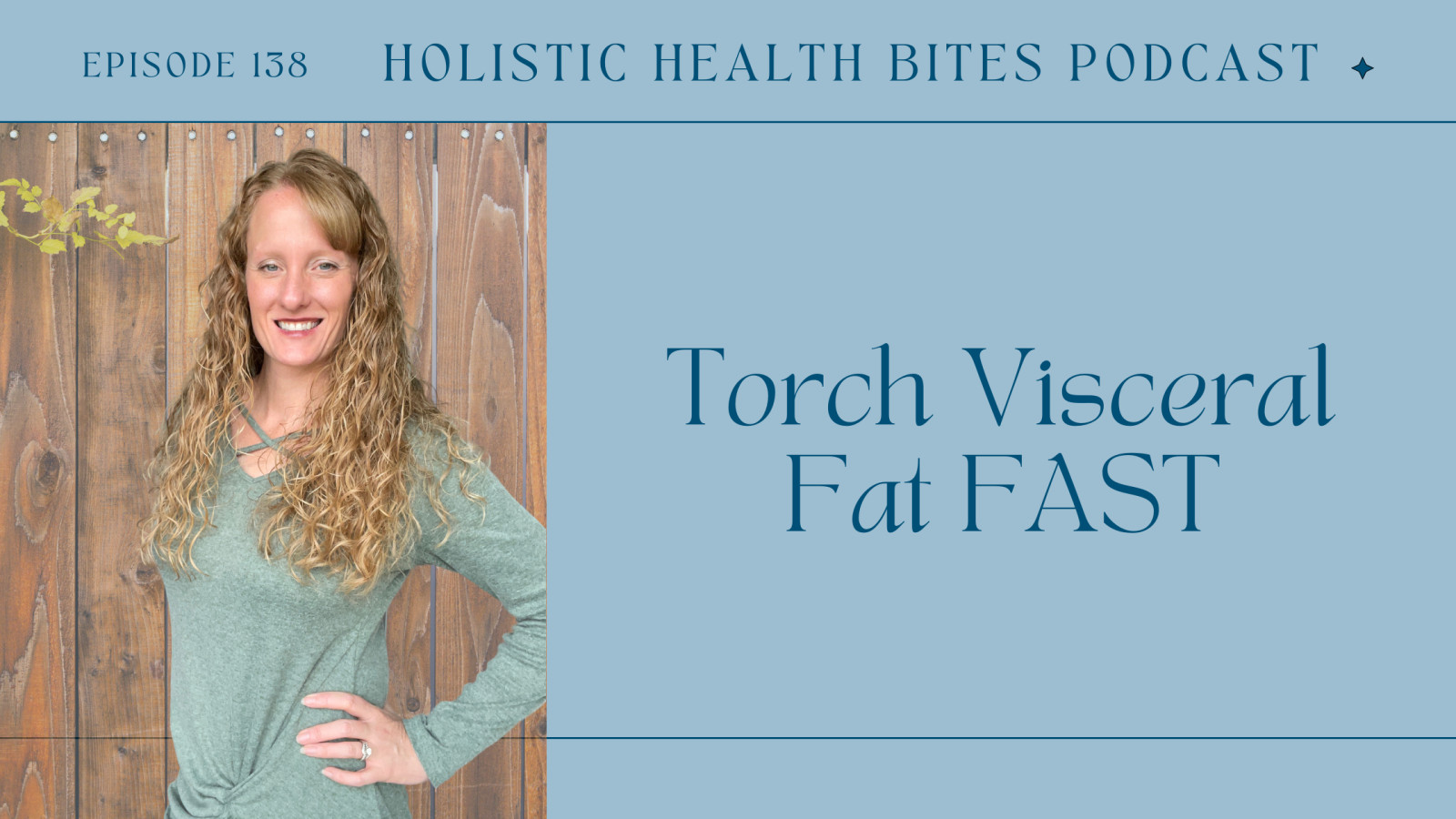

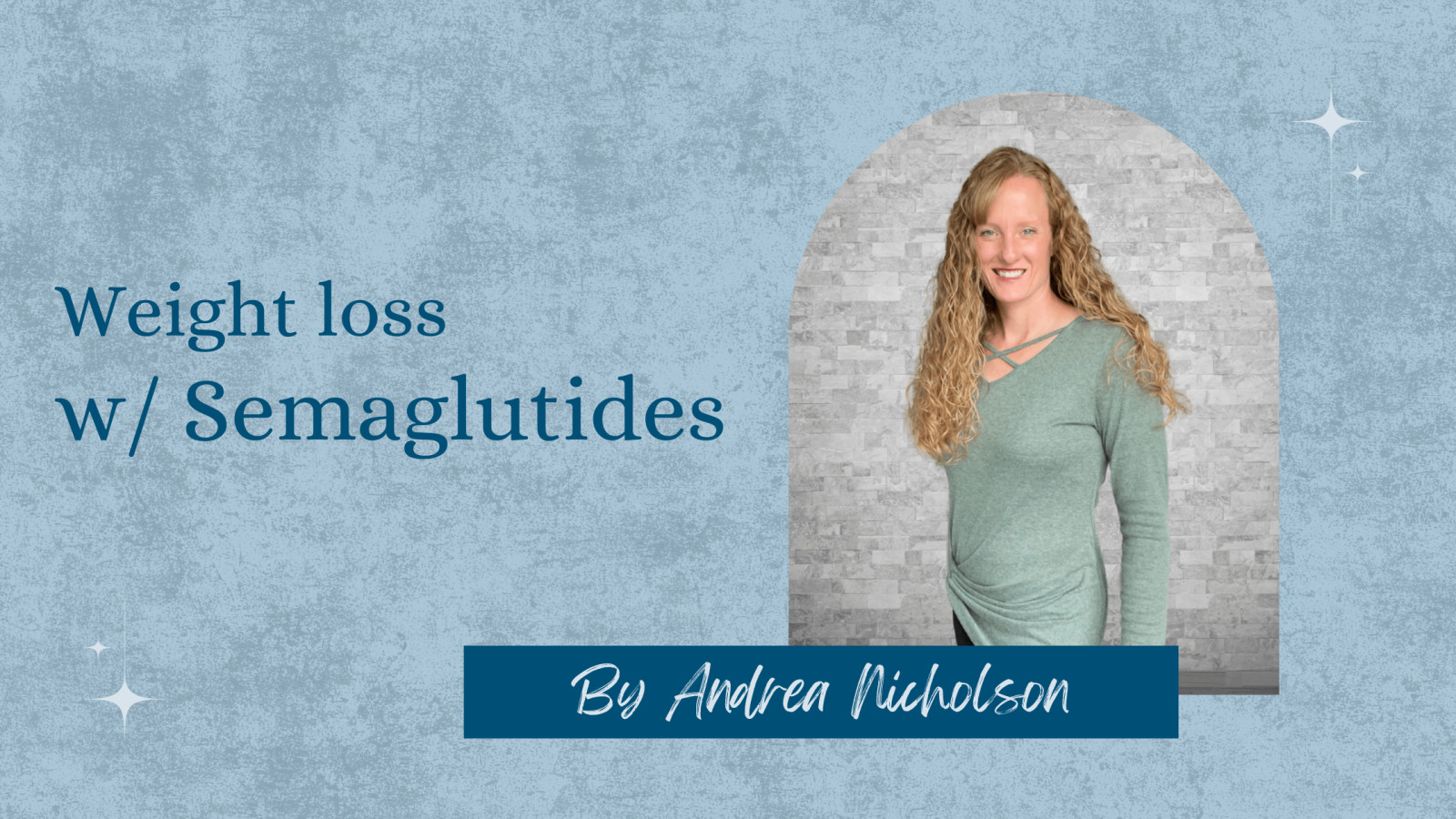







0 Comments